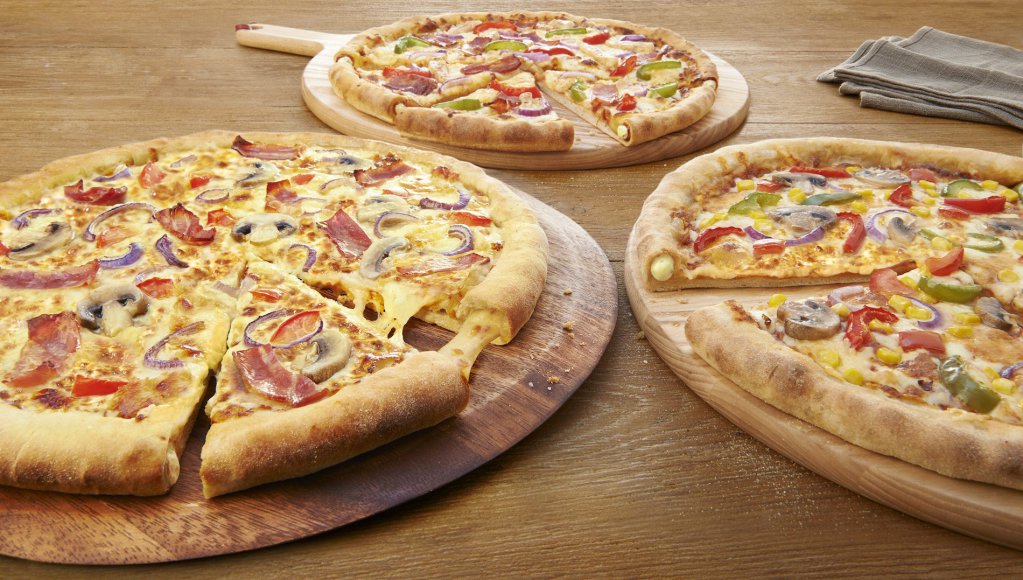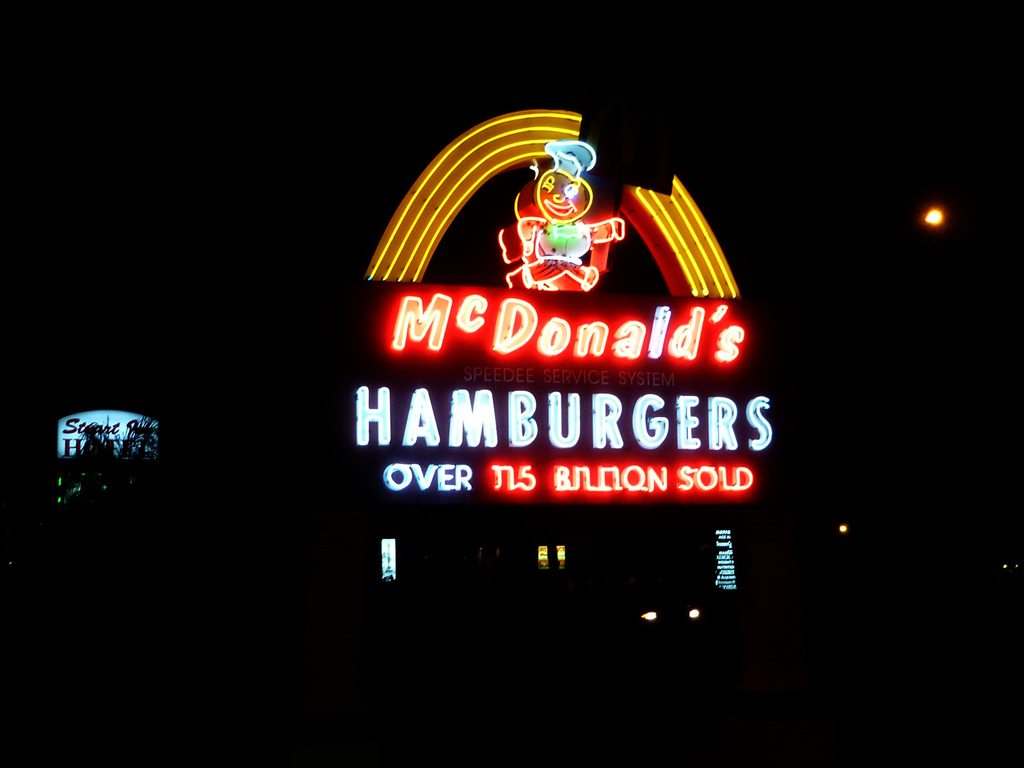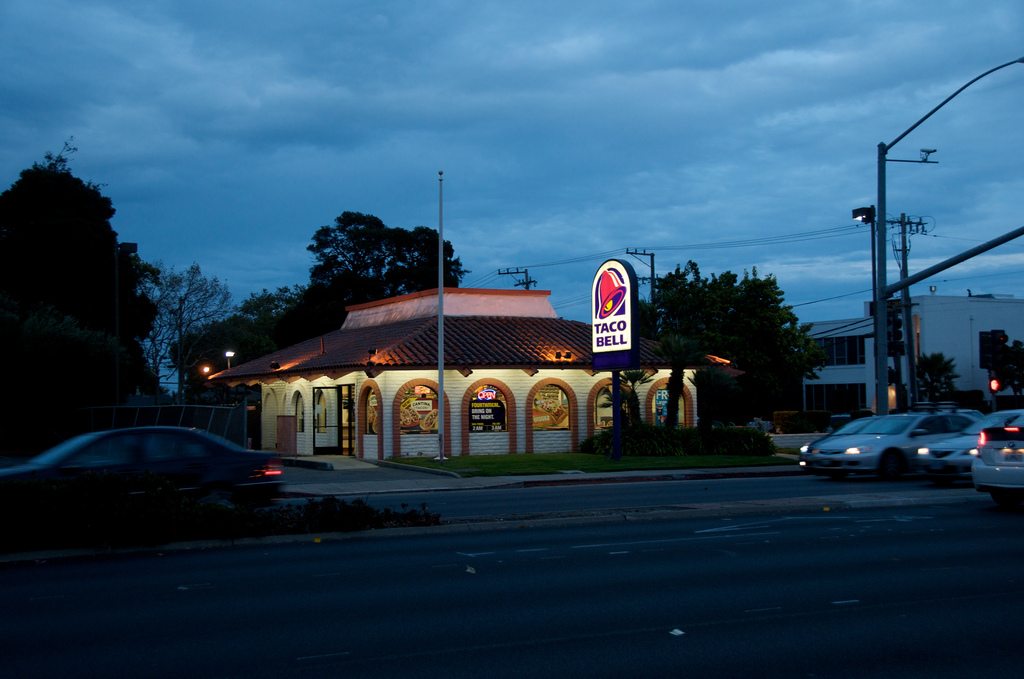
Domino's
In December of 2014, the U.S. Food and Drug Administration (FDA) released its final rules requiring chain restaurants and similar retail food establishments with 20 or more locations to provide calorie counts and other nutrition information for standard menu items. Regulations requiring mandatory calorie declaration on food sold in vending machines were also released at that time.
It was regulation that bore all the hallmarks of a potential victory for public health, the kind advocates love because they can declare “victory” in the latest nutrition war, and bandy about buzzy phrases like “obesity epidemic” and “informed choices.” But mostly, when FDA finalizes rules on a provision like the menu labeling requirements, it marks the halfway point in a legislative saga. Because, of course, the rules still need to be rolled out into the real world.
Believe it or not, getting to the halfway point is akin to something like progress. Think of what it took to get here. Congress initially enacted the provision in 2010 as part of the Affordable Care Act, after multiple years of public comment. There was opposition from trade groups that wanted more flexibility for operations that sell food but aren’t technically considered “restaurants”—movie theaters, convenience stores, bowling alleys—leading to the kind of regulatory wordplay that’s supposed to define the scope of the rules but really just confuses things in a commedia dell’arte kind of way. (“Restaurant-type” food, for instance, is defined in the rules as “Usually eaten on the premises, while walking away, or soon after arriving at another location.”) Seven years later, here we are.
And where is that, exactly? Still back where we were in January of this year, when it first started to seem likely that the Republican-run Senate would try to repeal the ACA. At the time, I wrote about what would happen to the menu labeling rules if the ACA were to be successfully dismantled. (You can read that here.) The part that still really matters is this: “These rules, three years past the point at which they were released, haven’t even been fully implemented across the country. Which means we haven’t yet had a chance to do any substantive qualitative analysis on how effective they are (or aren’t) at impacting consumer choices.” In other words, we can’t judge how successful initiatives like menu labeling are until they actually take effect. And that means nobody has won any war. Not the war of accountability, not the war on consumer choice. Not even the war over which Domino’s crust is better—hand tossed or crunchy thin.
And speaking of Domino’s: I bring all of this up because now seems as good a time as any for the consumer advocacy and watchdog group, Center for Science in the Public Interest (CSPI), to release its “Xtreme Putting Profits Before Public Health Award,” of which Domino’s is the first-ever recipient. That’s because, as in all (or most) public health initiatives that warrant press releases, the award has been conferred relative to an important time in regulatory history: In May, the menu labeling rules were to have officially gone into effect.
Were to have. That compliance date has since been moved back to May of 2018. But here’s what’s important to know about the delay: Bill H.R. 772—also known as the Common Sense Nutrition Disclosure Act of 2017—went before the House Committee on Energy and Commerce last week. That bill, which in January of 2017 was introduced in the House by Representative Cathy McMorris Rodgers (R-WA), and in the by Senate (S. 261) by Senators Roy Blunt (R-MO) and Angus King (I-ME), was widely applauded by industry trade groups like the American Pizza Community (APC) for, among other things, ensuring that “customers have access to important nutrition information by allowing small-business pizzeria owners to make the information available online, which is predominantly how most pizza orders are taken.”
Let’s circle back to that dubious CSPI honor for Domino’s. For its part, CSPI was as unnerved by the Common Sense Nutrition Disclosure Act as the pizza industry was buoyed by it: “Less than a week before the deadline, lobbyists for pizza chains (led by Domino’s), convenience stores, and supermarkets convinced the Trump administration not just to delay, but to reopen the rules to weaken them,” wrote the group in a press release announcing the Xtreme Eating Awards, of which the Domino’s distinction is a part. “Sigh.”
Which brings us to an important hinge in the ongoing menu labeling narrative. Last week’s defeat of the so-called “skinny repeal” of the ACA means that, at least for now, the rules aren’t at risk of becoming an Obamacare casualty. But neither are they necessarily top-’o-the-Trump-agenda. And the power of trade groups may or may not anymore have real pull in an administration with so little impulse control.
One thing seems clear: the food industry may not yet have seen the regulation rollback it and other industries were promised during the Trump presidential campaign. Still, it has been granted another year to plead its case for menu labeling flexibility. And this could be a very good thing for companies like Domino’s—which, by virtue of being franchise-driven, can consider itself small business-friendly and thereby burdened when subject to the same rules that govern chain restaurants.
In response to my query about the CSPI honor, Domino’s executive vice president of investor relations and legislative affairs, Tim McIntyre, wrote in an email, “CSPI is a bit off-base here. We absolutely support a consistent means by which to share nutrition and calorie information with our customers. In fact, we’ve been doing it voluntarily on our web site for nearly 15 years.”
And that very technology is key to Domino’s opposition: These menu regulations can’t be about the food when they’re so much about how customers order and consume that food. “Ninety-percent of the orders coming to Domino’s occur off-premise: meaning, over the phone or via a digital platform. Sixty percent of orders come from online platforms. We have opposed the one-size-fits-all menu labeling requirements that the FDA has proposed, which does not account for restaurants that rely primarily off-premise ordering like digital ordering online or on a mobile device,” wrote McIntyre.
“What we have been asking for, and are encouraging through the Common Sense Nutrition Disclosure Act, is that there is some flexibility in how restaurants provide information to their customers,” he wrote. “A menu board (like you find at a burger place) makes sense for them; a printed menu at a sit-down restaurant makes sense for them; an online option for restaurants who receive mostly online or phone orders makes sense for them. That’s all we’ve ever asked for.”
CSPI’s Xtreme Eating awards are bound to garner attention because they document the kind of nauseatingly over-the-top food crimes chain restaurants often commit (and we as eaters are often complicit in). Plus, they’re funny. Its award for “Worst Adapted Pasta,” for instance, goes to The Cheesecake Factory’s Pasta Napoletana, which, according to CSPI, “answers a question asked by the chain’s chief culinary officer, Donald Moore: ‘How can we turn a meat lover’s pizza into a pasta?’” At “2,310 calories, 79 grams of saturated fat, and 4,370 mg of sodium, the dish is like eating a Pizza Hut Meat Lover’s Personal Pan Pizza topped with three cups of pasta and a cup of heavy cream.”
But shock-and-awe nutrition headlines belie a deeper question: How can the food industry better partner with the public in holding regulators accountable? Whether you just want to know how many calories are in your bowl of pizza, or you want to list how many calories are in your bowl of pizza (but on your website, because that’s how most of your customers order), we’ll see no measurable impact on public health, one way or the other, if it takes regulators just short of a decade to push rules through the pipeline.
And maybe that’s just as well for all of us. Or not.










